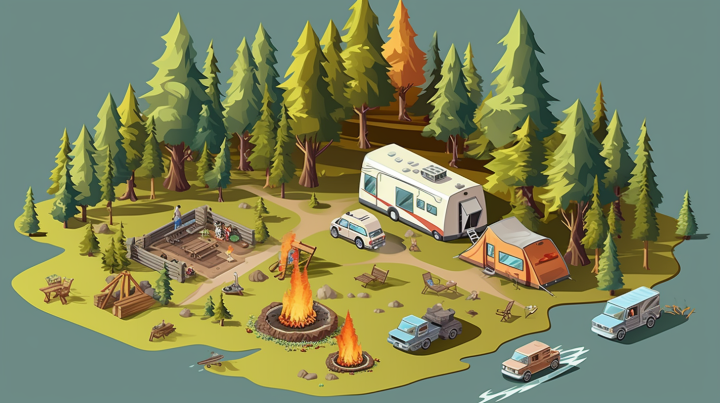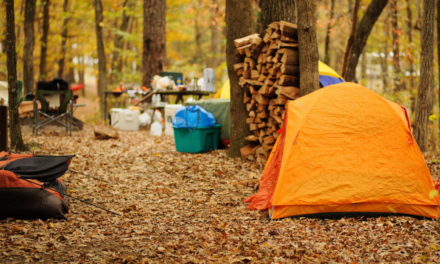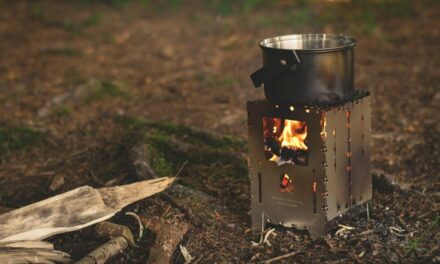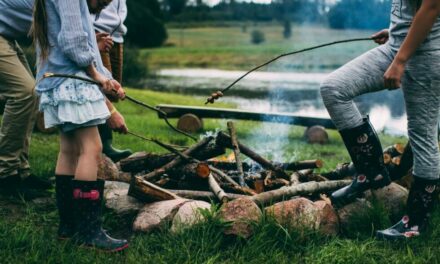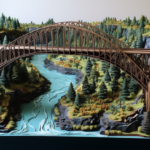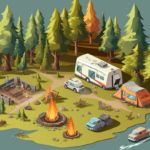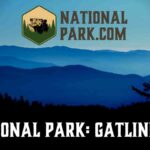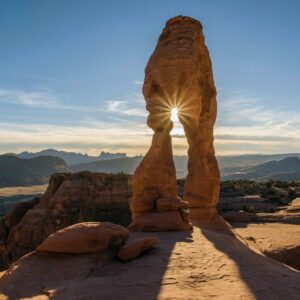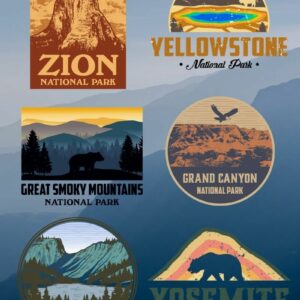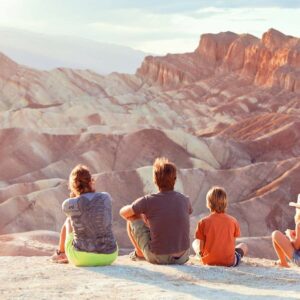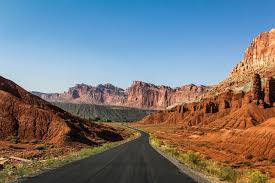Why Camp In Yellowstone National park?
National Park Yellowstone camping offers an experience that caters to both adventure enthusiasts and nature lovers alike. This iconic destination, renowned for its natural beauty, diverse wildlife, and a plethora of outdoor activities, is a paradise for campers. In this comprehensive guide, we’ll delve into everything you need to know about camping in Yellowstone National Park. From the best campsites to the essential gear you should pack, we’ve got you covered.
The Uniqueness of National Park Yellowstone Camping
Yellowstone National Park, the first national park in the U.S. and indeed the world, is a treasure trove of natural wonders. It’s home to the famous Old Faithful geyser, the awe-inspiring Grand Canyon of the Yellowstone, and the largest high-elevation lake in North America, Yellowstone Lake. But the park’s allure extends beyond these well-known landmarks. It boasts over 10,000 hydrothermal features, 290 waterfalls, and a diverse range of flora and fauna. Camping in Yellowstone allows you to immerse yourself in this breathtaking landscape, waking up to the sounds of nature and falling asleep under a blanket of stars. It’s an experience that truly connects you with the great outdoors.
Choosing Your Campsite for National Park Yellowstone Camping
With twelve campgrounds and hundreds of backcountry campsites, Yellowstone offers a variety of options for campers. Each site offers a unique experience, so choosing the right one can enhance your camping adventure. Here are our top picks:
- Madison Campground: Nestled near the Madison River, this campground is a haven for fishing enthusiasts. It’s also a prime spot for viewing wildlife, including elk and bison. The campground is centrally located, making it a convenient base for exploring the park’s major attractions.
- Bridge Bay Campground: Overlooking the stunning Yellowstone Lake, Bridge Bay Campground offers breathtaking views and easy access to boating and fishing activities. The nearby Natural Bridge trail is a must-visit for hikers.
- Mammoth Campground: As the only campground open year-round, Mammoth is perfect for those looking to explore the Mammoth Hot Springs or enjoy winter activities like cross-country skiing and snowshoeing. It’s also frequented by elk, providing excellent wildlife viewing opportunities.
- Grant Village Campground: Located on the southwestern shore of Yellowstone Lake, this campground is just a short drive from the West Thumb Geyser Basin. It’s a great choice for those interested in hiking and bird watching.
Camp Inside Yellowstone National Park
If you are lucky or resilient, you can find a camping place right inside the park through the National Park System. Click here to search camping spots inside Yellowstone National Park.
Camp Near Yellowstone National Park
This is a true ninja tip. If you love the camping life but can’t find a reservation inside the park, then check out this secret stash of camping spots near Yellowstone National Park.
Find Hotels Near Yellowstone National Park
Sometimes it can be difficult to find camping sites inside the park or maybe you have kids, older folks, or people who don’t enjoy the sleep that camping provides. In this case, hotels can be a good alternative. Click here to find hotels near Yellowstone National Park.
Essential Gear for National Park Yellowstone Camping
Packing for your Yellowstone camping trip requires careful planning. The park’s weather can be unpredictable, and being prepared can make your trip more comfortable and safe. Here are some essentials:
- Tent: A sturdy, waterproof tent is a must. Ensure it’s easy to set up and take down, and can withstand the park’s sometimes harsh weather conditions.
- Sleeping Bag: Choose a sleeping bag suitable for the season. Yellowstone can get chilly at night, even in summer, so a warm, comfortable sleeping bag is crucial.
- Cooking Equipment: Most campsites have fire pits, but it’s a good idea to bring a portable stove for flexibility. Don’t forget utensils, pots, and a cooler to store your food.
- Bear-Proof Containers: Yellowstone is bear country, so it’s essential to store your food and toiletries in bear-proof containers to avoid attracting these large mammals.
- First Aid Kit: Always carry a first aid kit stocked with bandages, antiseptic wipes, tweezers, and any personal medication. You never know when you might need it.
- Clothing: Pack layers to accommodate changing weather conditions. Include a waterproof jacket, warm clothing, and sturdy hiking boots.
- Map and Compass: While digital maps are handy, having a physical map and compass as a backup is a wise move in case of technology failures.
Tips for National Park Yellowstone Camping
- Reservations: Some campgrounds require reservations, especially during peak season. It’s advisable to book in advance to secure your spot.
- Leave No Trace: Respect the park and its wildlife by following the Leave No Trace principles. This includes disposing of waste properly, respecting wildlife, and leaving what you find.
- Wildlife Safety: Keep a safe distance from all wildlife. Remember, you’re a guest in their home. Never feed wildlife and store food securely.
- Weather Awareness: Yellowstone’s weather can change rapidly. Check the forecast regularly and be prepared for a variety of conditions.
Check out more information about Yellowstone National Park here.
Conclusion
National Park Yellowstone camping is an experience like no other. With its diverse landscapes, abundant wildlife, and star-filled skies, it’s a destination that should be on every camper’s bucket list. So pack your gear, respect the rules, and get ready for an unforgettable adventure in the heart of nature. Whether you’re a seasoned camper or a first-timer, Yellowstone promises a camping experience that you’ll cherish for a lifetime.


